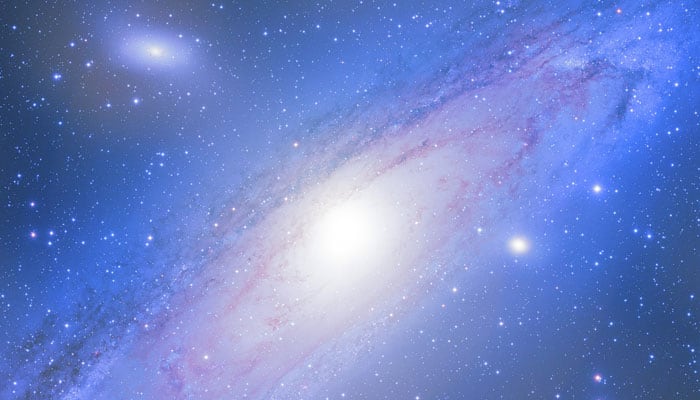Washington: Astronomers observed four versions of a supernova thanks to the gravity of a cluster of galaxies, which magnified and bent the exploding star`s light to create multiple images, scientists said Thursday.
Although multiple likenesses have been created by light-deflecting galaxies and active black holes before, so many versions of one supernova have never been produced by the optical effect.
The researchers, who published their discovery in the journal Science, said the effect was first described by Albert Einstein in his theory of relativity.
The star that the scientist observed exploded some nine billion light years from Earth, and the mass of the cluster of galaxies in front of the star was so great it deformed space and time, while deflecting light, to produce the four images.
"I was so excited when I spotted the four images around the galaxy. It was a complete surprise," said Patrick Kelly, of the University of California, Berkeley, who made the discovery during routine observations.
Astronomers have been searching for a similar cosmic setup for 20 years.
Albert Einstein was the first scientist to predicted the phenomenon which creates the multiple images, the authors said.
"It`s perfectly set up, you couldn`t have designed a better experiment," said Brad Tucker from the Australian National University (ANU).
"You can test some of the biggest questions about Einstein`s theory of relativity all at once -- it kills three birds with one stone," he said.
Anja von der Linden of the Dark Cosmology Centre at the Niels Bohr Institute at the University of Copenhagen, said that "what we see here is a strange and rare sight."
The deflected supernova light appears in the four images configured like a cross around an elliptical galaxy within the cluster of galaxies, the researcher said.
This formation is called an Einstein cross, named after the scientists who first described the phenomenon.
The scientists said the discovery will also help them determine the strength of gravity, and the amount of dark matter and dark energy in the universe.
















